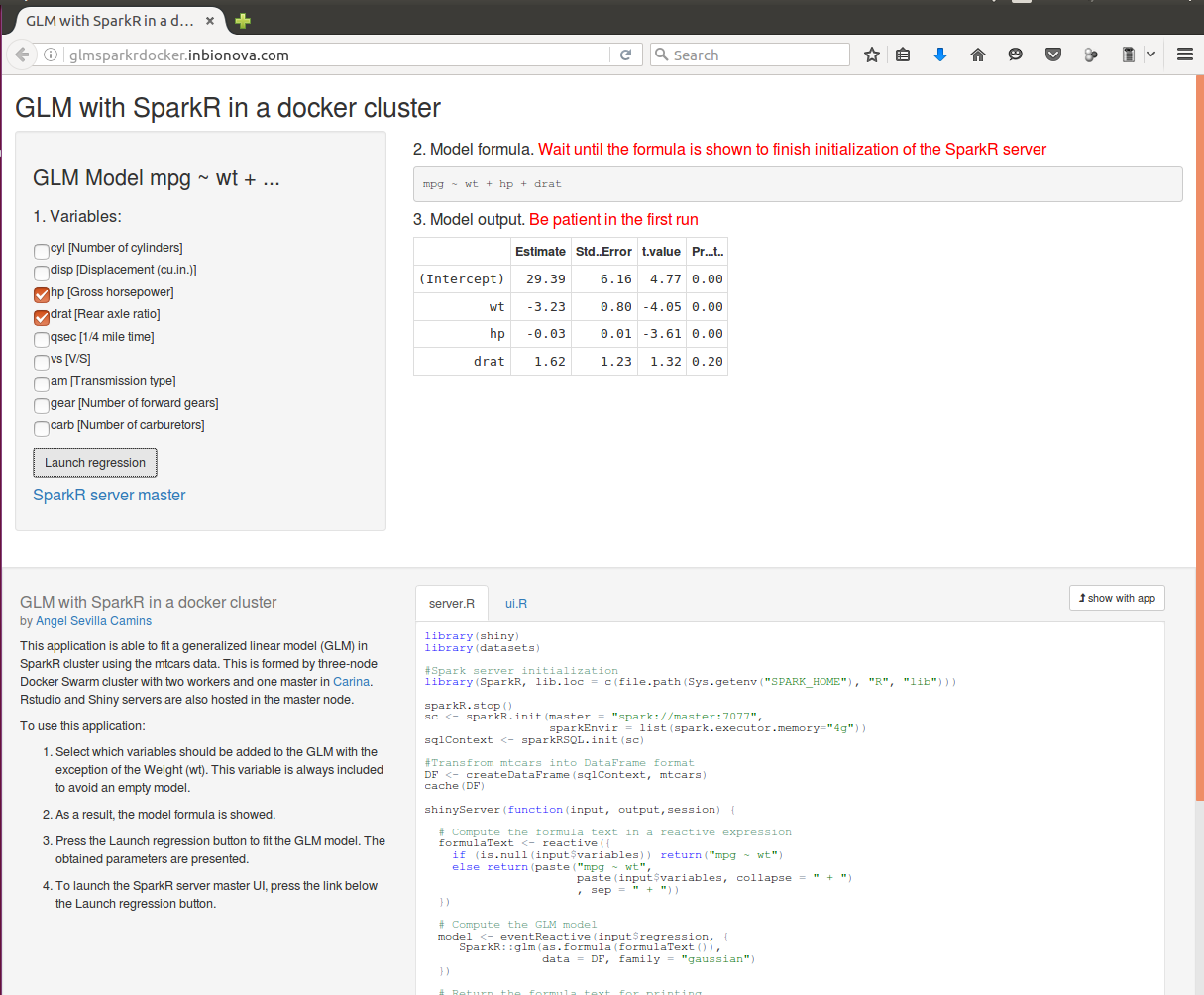I often have to read a lot of datasets at once using R. So I’ve wrote the following function to solve this issue:
read_list <- function(list_of_datasets, read_func){
read_and_assign <- function(dataset, read_func){
dataset_name <- as.name(dataset)
dataset_name <- read_func(dataset)
}
# invisible is used to suppress the unneeded output
output <- invisible(
sapply(list_of_datasets,
read_and_assign, read_func = read_func, simplify = FALSE, USE.NAMES = TRUE))
# Remove the extension at the end of the data set names
names_of_datasets <- c(unlist(strsplit(list_of_datasets, "[.]"))[c(T, F)])
names(output) <- names_of_datasets
return(output)
}
You need to supply a list of datasets as well as the function to read the datasets to read_list. So for example to read ...
[Read more...]


